Fancy a walk on the wild side?
Then head to Komodo National Park in Indonesia!
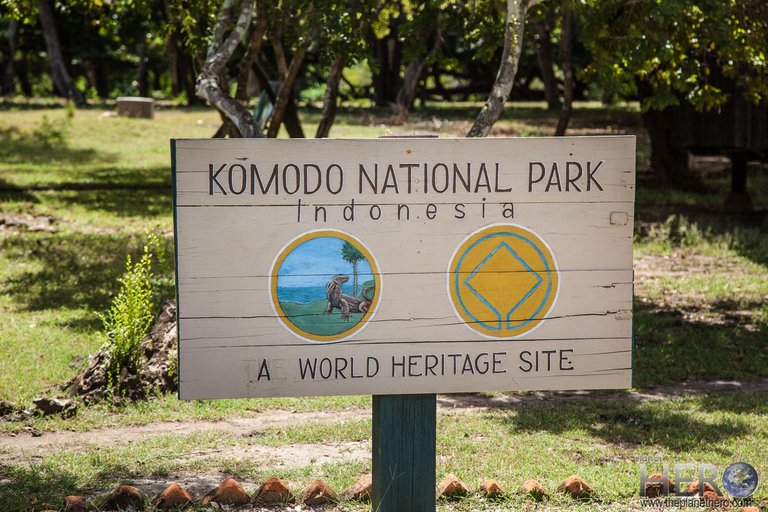
But don't forget your running shoes - or sneakers as they call them in the US - because Indonesia is home to the famous Komodo dragon, who can run up to 12 mph (20 km). If one starts to chase you it's your cue to run in a zigzag motion or sneak off quite literally…
up the nearest tree!
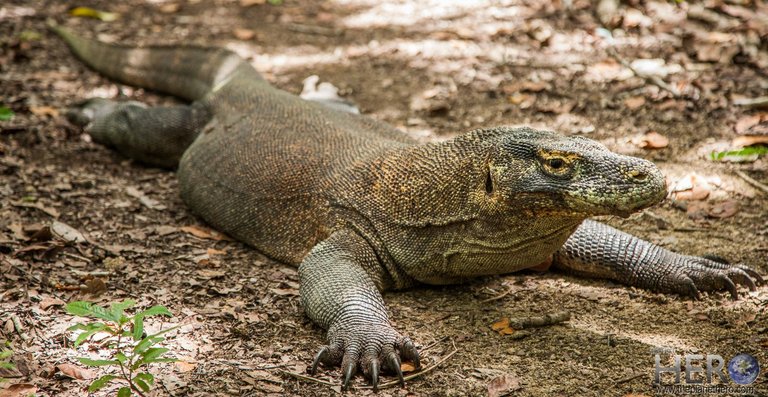
About 3,000 to 5,000 of these gigantic, solitary lizards inhabit the islands of Komodo, Gila Motang, Rinca, and Flores; where they have thrived for millions of years.
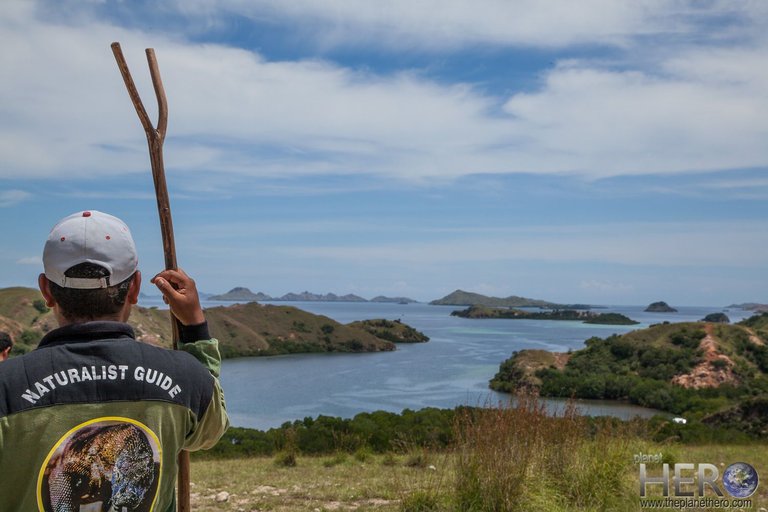
Komodo Dragons are the largest lizards on earth, reaching 3 meters in length and weighing up to about 70kg.
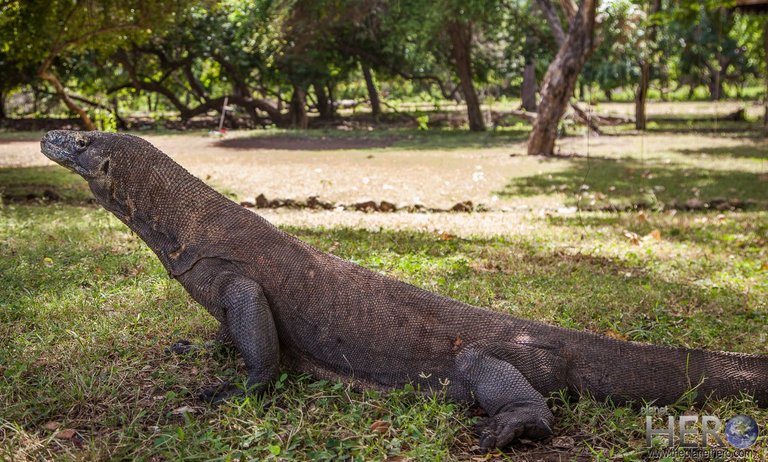
Their diet consists of deer, carrion, pigs, birds and smaller dragons, but even large water buffalo and the occasional human. So if they spy you as a mouth-watering option on their menu - take heed, and speed! If you bolt up a tree, remember that only the baby dragons can climb trees - to keep safe from predators and cannibalistic adult dragons - and they are still eating baby food, so a human is reassuringly not usually on their menu.

With its powerful camouflaged body, patient nature, razor-sharp claws, and serrated teeth they pounce on passing prey with a venomous bite that is sure to send their victim on a date with the Grim Reaper.
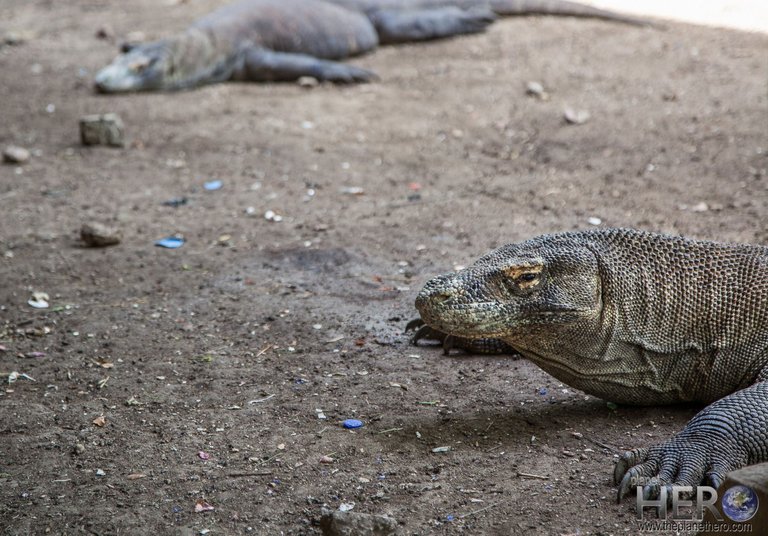
In September the dragons dig themselves a nice comfy nesting-hole and lay about 20 eggs after mating season, which begins between May and August. After 7-8 months of incubation, the baby dragons poke their cute little nostrils out of their eggshells and hatch in April. After 8 or 9 years they are considered mature and can live for up to 30-50 years old apparently.
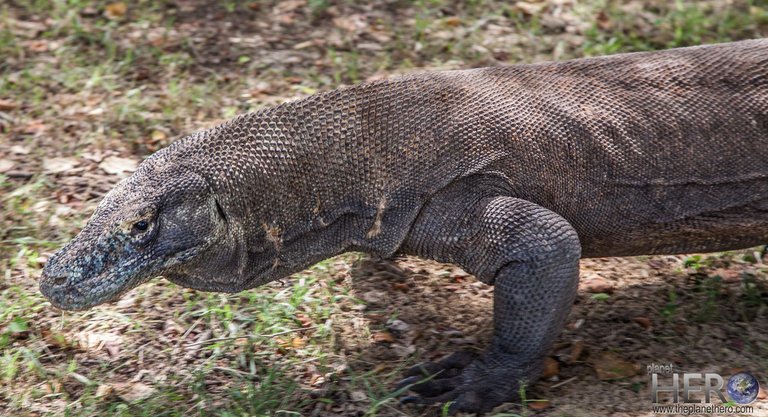
Visiting the Komodo dragons is more animal-friendly than visiting animals trapped in a zoo or other cruel tourist attractions, as they still live in the wild in their natural habitat. However, these dragons are now considered to be an endangered species due to poaching, natural disasters, lack of egg-laying females or oppressive humans.

So if the above hasn't convinced you to go dragon-spotting in Komodo then watch this short video we made in which we took a detour by boat after a fun scuba dive with Manta Rays (that's another story altogether!) - courtesy of Blue Marlin Dive Komodo - to marvel these majestic prehistoric reptiles.
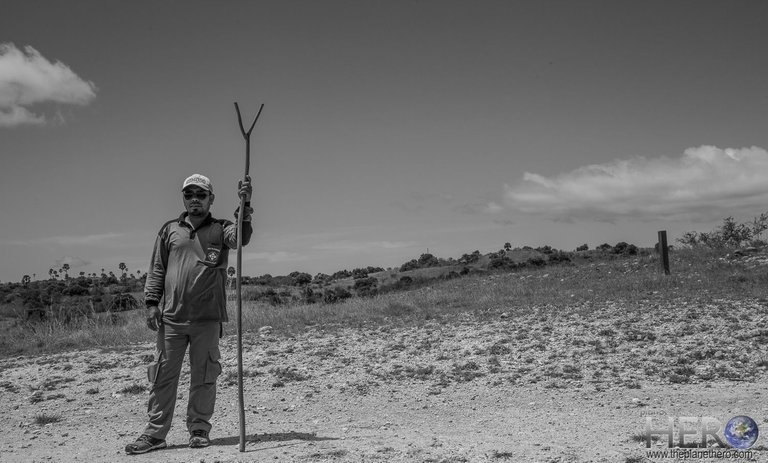
And don't forget to hire the services of a guide - who has his prodder ready to keep the dragons at bay ;-)
Thanks Steem! It's great to be on board :-)